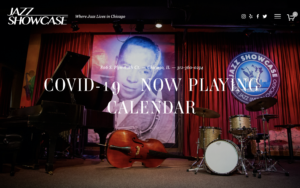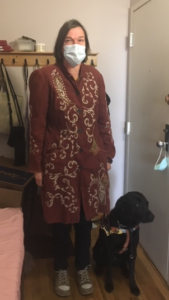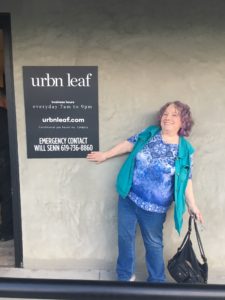Mondays with Mike: My happy places
April 19, 2021 • 3 Comments • Posted in baseball, memoir writing, Mike KnezovichLast Monday, I watched an MLB game. In person. With Beth and our friend, a Cleveland fan who lives in the hood.
It felt pretty normal–in an abnormal way. Fans were scattered through the lower and upper

Yahoo!
decks, with the largest grouping being four. Our electronic tickets indicated which gate to enter and which zone we’d be in. Each zone was like a piece of a stadium pie chart, and once in, we could wander the concourse within our zone, but no farther.
But that was fine. Our zone had everything we needed: beer, bathrooms bratwurst, Polish and Italian sausage, and yes, the smell of grilled onions. Though the number of fans were limited, those who were there were excited enough to cheer like a much bigger crowd. And though we were distanced, we were close enough that we could eavesdrop on baseball chatter and join in. Beth struck up a conversation with the young woman who was our usher. Her father and grandfather loved baseball, and she inherited a general love of the game from them.
Yesterday afternoon neighborhood friends generously gave us their matinee tickets to Jazz
Showcase, which reopened to limited crowds recently. The talent on stage was not at all limited—Ari Brown, a legendary local saxophonist led the band. And one of our favorite young Turks of the Chicago jazz scene—saxophonist Isaiah Collier—sat near us in the audience until called up to join the band for a couple of stirring numbers. Old guard and new guard fused as one.
Those two events reminded me of what we’ve been missing in the 2D world of screen living. Things are better in 3D.
And next Saturday, we’ll get to be with Gus, in all three dimensions.



